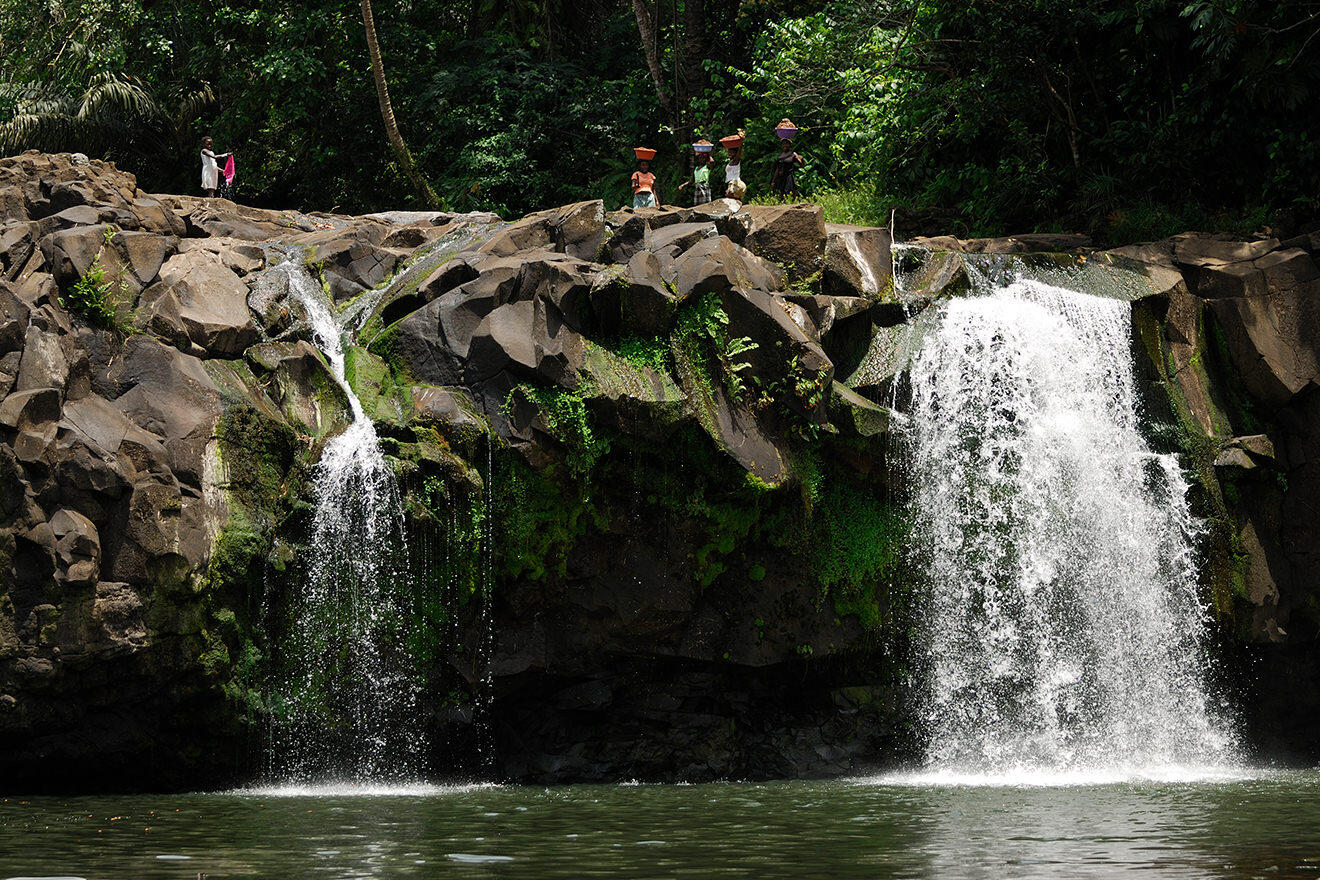


You will not get a more accurate description for a place as ‘unspoilt’ and ‘off the beaten track’ as you do to describe the small islands of São Tomé and Príncipe which are just off the West African coast in the Gulf of Guinea.
The islands which are on the equator have tropical jungles, exotic birds, trees and flowers, deserted beaches, volcanoes and volcanic plugs and some breathtaking scenery. São Tomé is the oldest of the Gulf of Guinea islands and has the greatest biological diversity with many endemic birds and plants which attract only the most hardy of nature lovers as the jungles can be pretty thick and some of the rarest endemics are hard to spot.
Príncipe in contrast to São Tomé is a tiny island only 12 miles long and 9 miles wide. Its capital Santo Antonio is thought to be the smallest settlement in the world to be given the status of a town! When the Portuguese left in 1975 the small population of 5,000 turned to subsistence farming and the plantation houses and roads have slowly been taken back by the forests. There are very few navigable roads on Príncipe and the south of the island is nearly totally uninhabited except for a few fishermen. However there are a few new beach lodges and plantation houses which have been converted into up market hotels.











Endemic flora and fauna
Chocolate plantations
Conservation on Príncipe
Beaches
Endemic birds

Farside Travel Limited t/a Farside Africa 16 Dean Park Mews, Edinburgh EH4 1ED United Kingdom
Telephone - +44 (0)131 315 2464 Email - vicky@farsideafrica.com
Company registration number - SC246328
© Farside Africa 2026
